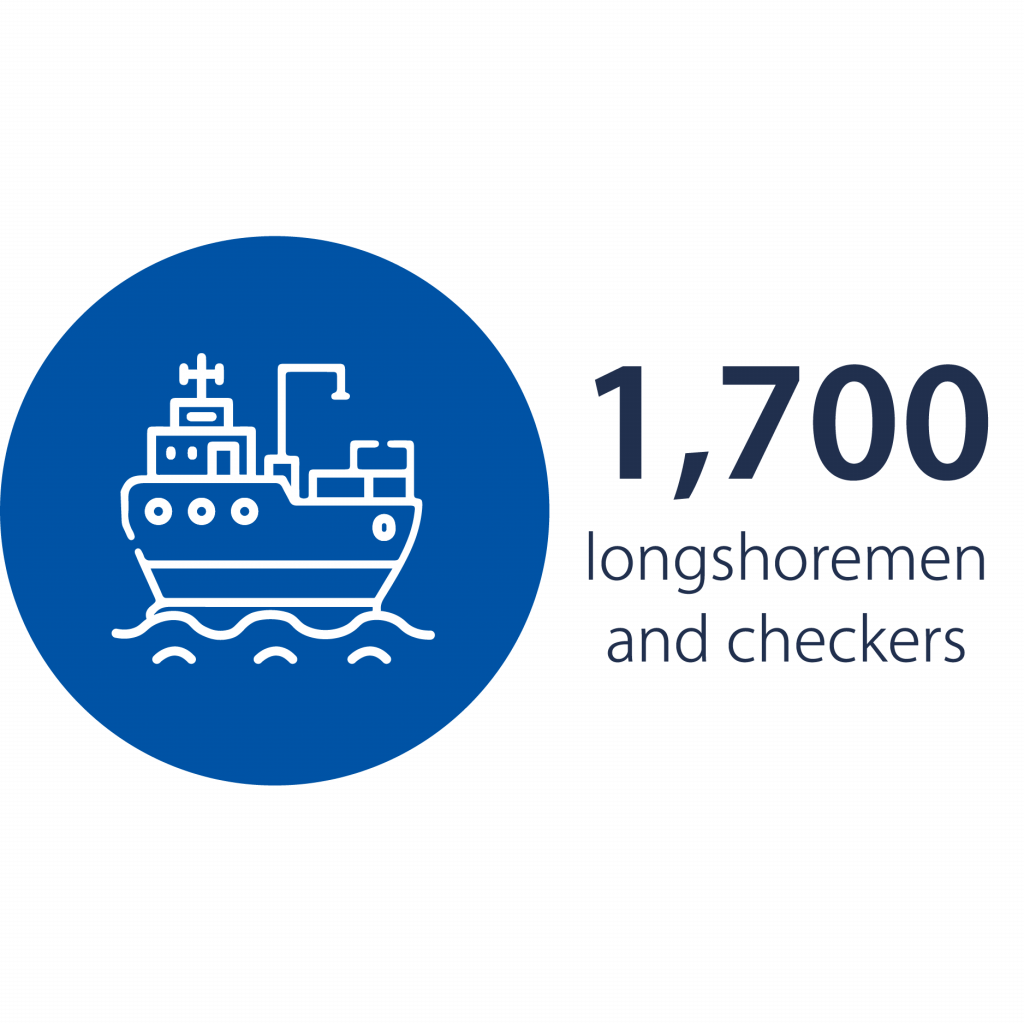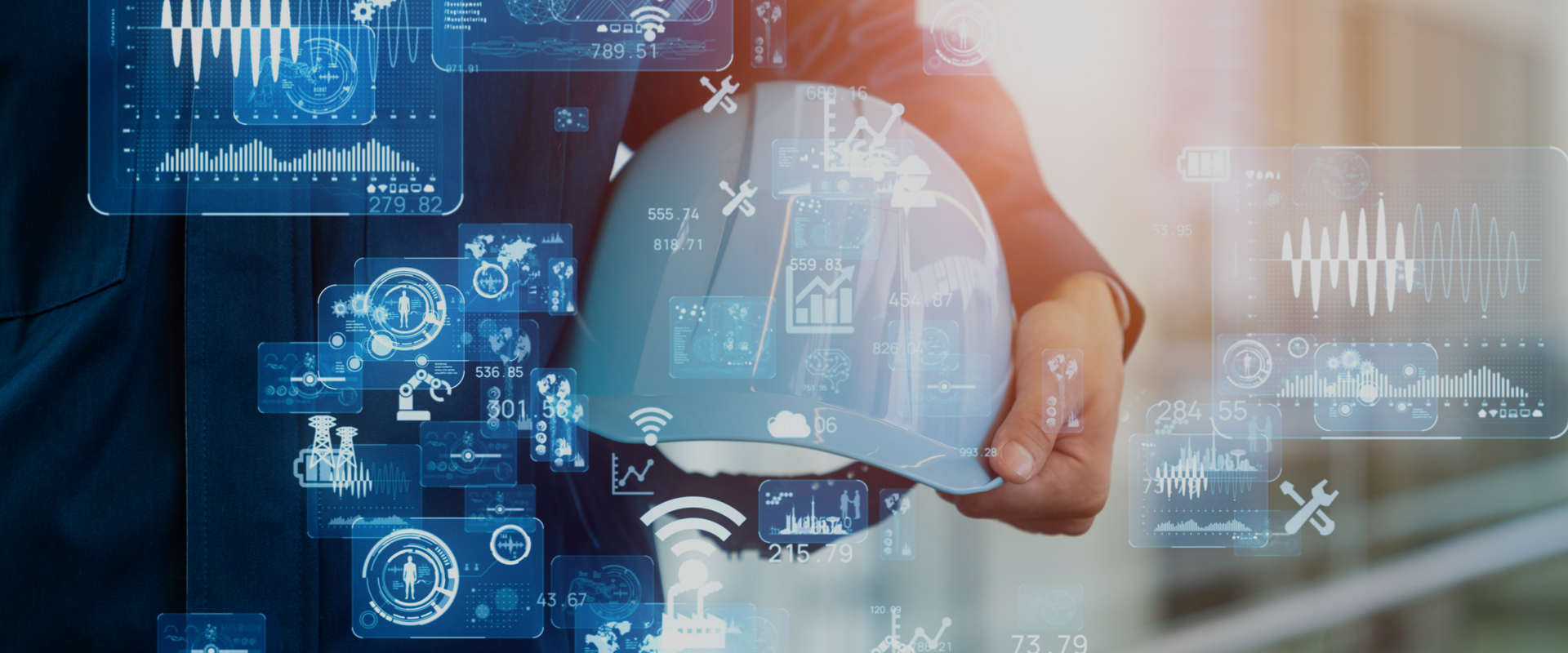Galileo: a technological revolution in service of the supply chain

Based on port traffic, weather conditions, the amount and type of cargo, Galileo offers an optimal scenario for workforce dispatch that respects collective agreements, port worker availability and the required classifications. Thus, terminal operators have an additional resource to help them make the best decisions regarding workforce needs.
Designed in partnership with Airudi and with the contribution of ScaleAI, Galileo will improve port workforce dispatch planning. This revolutionary tool complements the Port of Montréal’s artificial intelligence projects by providing one-of-a-kind visibility of the supply chain. With this new tool, vessel arrival can be forecast 21 days in advance rather than just 24 hours, considerably increasing performance at the Port of Montréal.
What does dispatch at the Port of Montréal entail?
The MEA workforce at the Port of Montréal consists of 1,500 longshore workers and checkers. Port employees are responsible for loading and unloading containers, bulk and conventional cargo. They also handle baggage for passenger ships. Each day, MEA estimates the number of specialized workers based on the various vessels arriving at the port as well as the cargo to handle.

24/7
Because vessel arrivals and departures do not follow a regular schedule, the longshore workers and checkers dispatched by the MEA work on variable schedules. Port operations take place 24/7 with three work shifts per day (morning, evening, night).
Each day, the MEA asks terminal operators for their workforce needs for the next day. Based on worker availability, their classification on certain machinery as well as the rules of the
collective agreements in force at the Port of Montréal, a schedule is generated daily at 6:00 p.m. Port workers then receive their assignments for the next day. There is no way to predict beyond the next 24 hours.
Incidentally, because there is no way to forecast operations or workforce needs, it is difficult to optimize the training periods offered to employees to maximize their skills.
The Galileo revolution
Dispatch will be much quicker with this tool, cutting as much as 30% of the time allocated to this task. The system will collect real-time data from vessels arriving in the Port of Montréal and will suggest to terminal operators an optimal combination of specialized workers based on the cargo aboard the vessel.
With the right number of people with the right skills at the right time, goods will move more efficiently, work hours will be optimized and downtime will be reduced.
The MEA will provide other players in the supply chain with the average time of vessel loading and unloading operations based on the number of workers, as well as the best time of day to begin operations.
The entire Montréal, Québec and Canadian ecosystem will benefit from this improved visibility and predictability.
The Galileo project will have a major impact on the entire Canadian supply chain: better operations planning will allow other players in the transportation and logistics industry to plan their respective operations.
Modernizing our deployment system: a major initiative

In 2020, following a risk analysis at MEA, the conclusion was unequivocal: the computer systems in use were out of date. The system managing the daily deployment and labour planning was over 40 years old.
One of MEA’s greatest challenges is the daily deployment of nearly 1,700 port employees to the ports of Montréal, Contrecœur, Trois-Rivières and Bécancour. Each day, MEA ensures that there is sufficient labour to load and unload ships as quickly as possible. The fluidity of the Quebec and Canadian supply chain depends on it.

MEA therefore launched a major initiative to modernize its computer tools and systems.
Terminal operators can use an online application to request the number of employees desired as well as the classifications required to ensure daily activities.

The Dispatch Center team receives a first draft assignment from the system and checks all the information received from the terminals to coordinate the best possible deployment.
In parallel, new tools were launched for data analysis and business intelligence. All these changes make it possible to access data in real time, or almost, and better analyze our business practices.
Thanks to this project, MEA is ready to work on a new artificial intelligence project.



